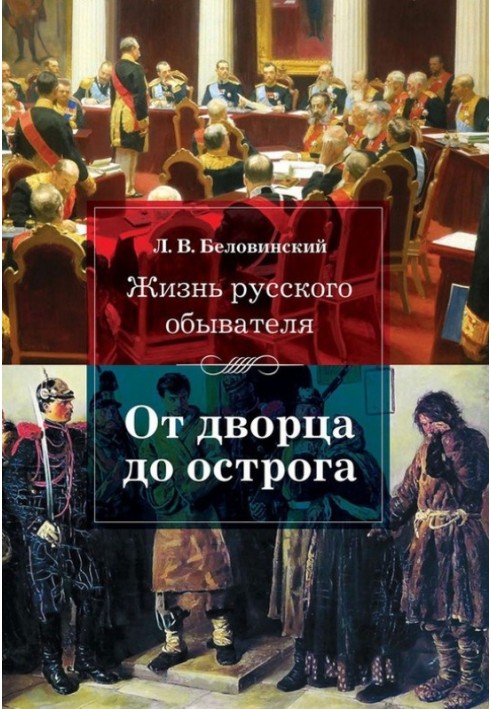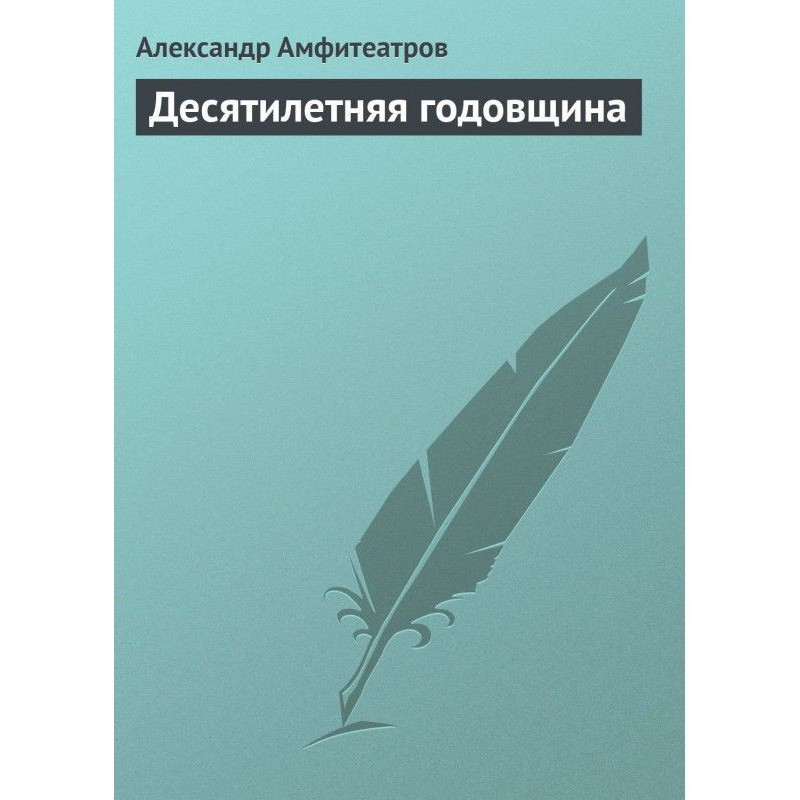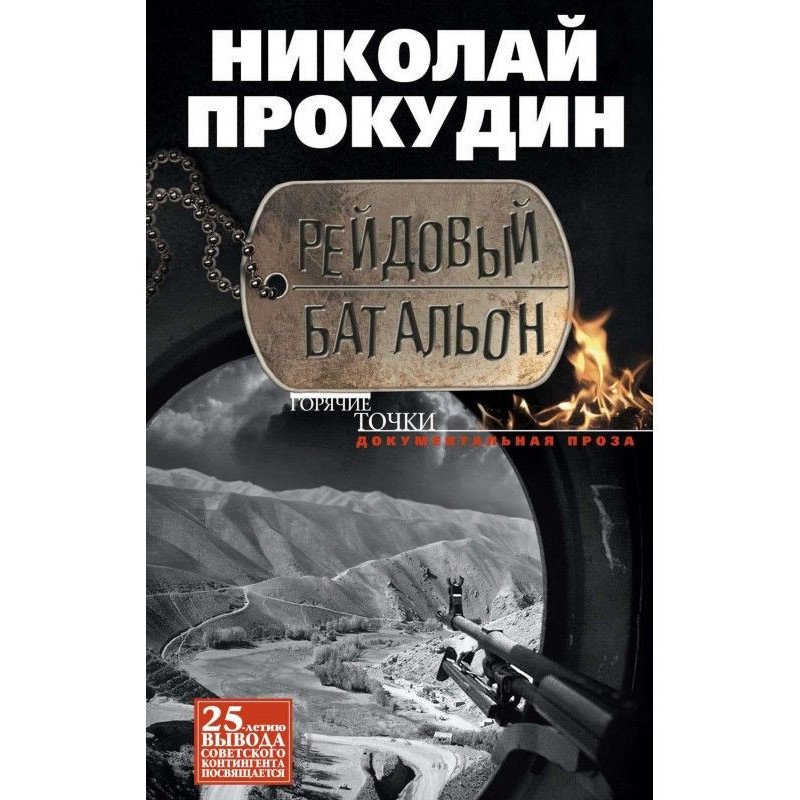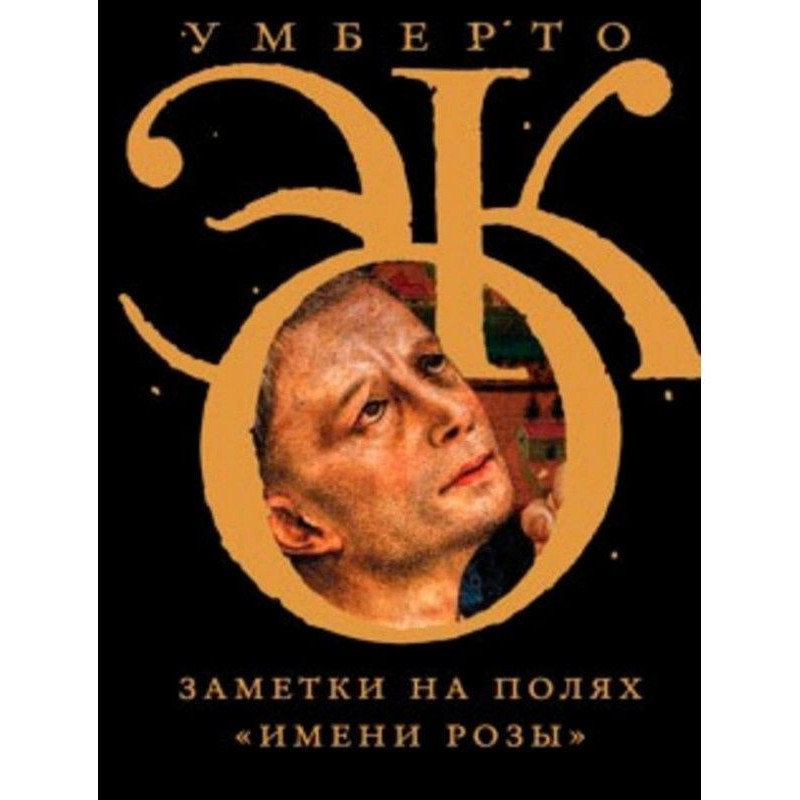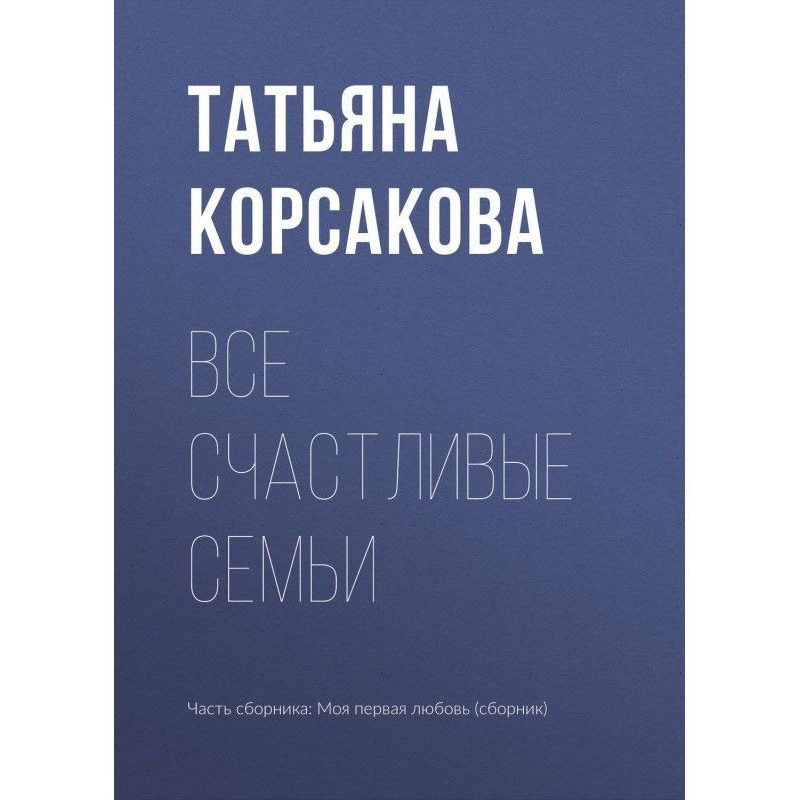From palace to fortress
 Instant download
Instant download
after payment (24/7)
 Wide range of formats
Wide range of formats
(for all gadgets)
 Full book
Full book
(including for Apple and Android)
The final part of the trilogy, “The Life of a Russian Everyman,” continues the description of the Russian city. Just as the appearance of the city was varied, so was the composition of the city’s inhabitants. Not to mention the fact that about half of the urban population, and in some places even more, were peasants who came from the village - seasonal workers, and sometimes permanent residents, the townspeople were members of the imperial family, starting with the tsar himself, courtiers, ministers, numerous officials, officers and soldiers, industrial workers, students of various educational institutions, etc., etc., up to the special “urban classes” - merchants and philistines. Subject to historically established, and for the most part legislatively established rules of life of the class society, each of these groups lived its own separate daily life, of course, mixing like oil in water, but not merging into one. Of course, class boundaries were broken, but the modus vivendi was generally preserved until the end of the Russian Empire. This conglomerate of lifestyles formed the grandiose picture of our culture
Data sheet
- Name of the Author
- Леонид Беловинский Васильевич
- Language
- Russian
Reviews
Вражаюче завершення трилогії, яке розкриває багатогранність російського життя!
Книга "Від палацу до острогу" є чудовим фіналом трилогії "Життя російського обивателя", в якій автор майстерно описує складну соціальну структуру російського міста. Читач отримує можливість зануритися в атмосферу епохи, де переплітаються життя представників різних станів: від царської родини до простих сільських жителів. Автор вміло передає дух часу, показуючи, як кожна група населення має свої особливості, традиції та повсякденні проблеми. Ця книга не лише розширює наше розуміння історії Росії, але й підкреслює важливість культурного різноманіття, яке формувало націю. Я б рекомендував цю книгу всім, хто цікавиться історією, культурою та соціологією, адже вона відкриває нові горизонти в розумінні російського суспільства.

